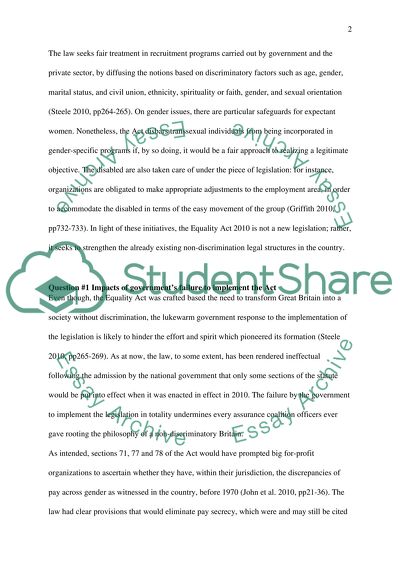Cite this document
(“An Overview Of The Law Essay Example | Topics and Well Written Essays - 3000 words”, n.d.)
An Overview Of The Law Essay Example | Topics and Well Written Essays - 3000 words. Retrieved from https://studentshare.org/law/1400424-anti-discrimination-law
An Overview Of The Law Essay Example | Topics and Well Written Essays - 3000 words. Retrieved from https://studentshare.org/law/1400424-anti-discrimination-law
(An Overview Of The Law Essay Example | Topics and Well Written Essays - 3000 Words)
An Overview Of The Law Essay Example | Topics and Well Written Essays - 3000 Words. https://studentshare.org/law/1400424-anti-discrimination-law.
An Overview Of The Law Essay Example | Topics and Well Written Essays - 3000 Words. https://studentshare.org/law/1400424-anti-discrimination-law.
“An Overview Of The Law Essay Example | Topics and Well Written Essays - 3000 Words”, n.d. https://studentshare.org/law/1400424-anti-discrimination-law.


